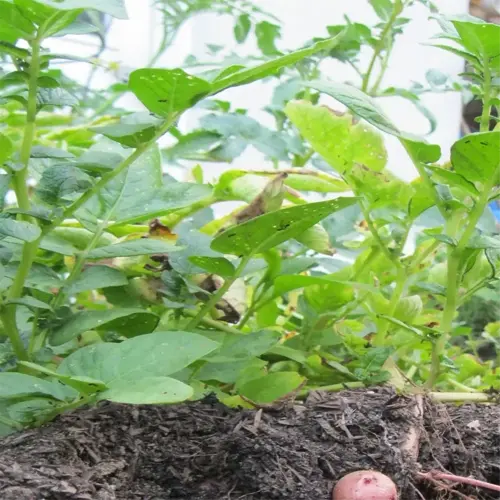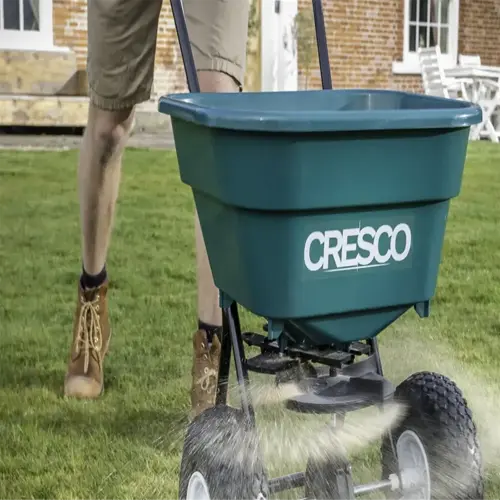What plants interfere with garlic growth?

Written by
Tina Carter
Reviewed by
Prof. Charles Hartman, Ph.D.Growing garlic gets badly affected if it is planted near a species that is detrimental to it. Certain plants will introduce chemicals into the soil that can hinder the development of the bulb or aggressively use resources for development. Interestingly, I once lost a crop of garlic because of interplanting it with beans. Despite what I believed to be the ideal soil conditions, my garlic bulbs never exceeded the size of marbles.
Allelopathic Plants
- Peas release root chemicals inhibiting garlic clove formation
- Fennel secretes compounds through leaves and roots
- Asparagus competes for sulfur nutrients critical for allicin production
- Parsley disrupts mycorrhizal fungi networks
Soil Competitors
- Onions deplete zinc reserves garlic needs
- Leech nitrogen faster than garlic absorbs it
- Chives attract thrips that spread garlic viruses
- Spinach alters soil pH unfavorably
To avoid problems arising from soil-borne issues, make sure to rotate the garlic beds every year. My three-year rotation plan made sure to eliminate problems from stunting upwards induced by parsley. Place the garlic beds after a nitrogen-fixing cover crop, for example, clover. They replenish the soil and do not compete for crucial micronutrients such as selenium and zinc.
Read the full article: When to Harvest Garlic: Expert Tips for Perfect Timing

